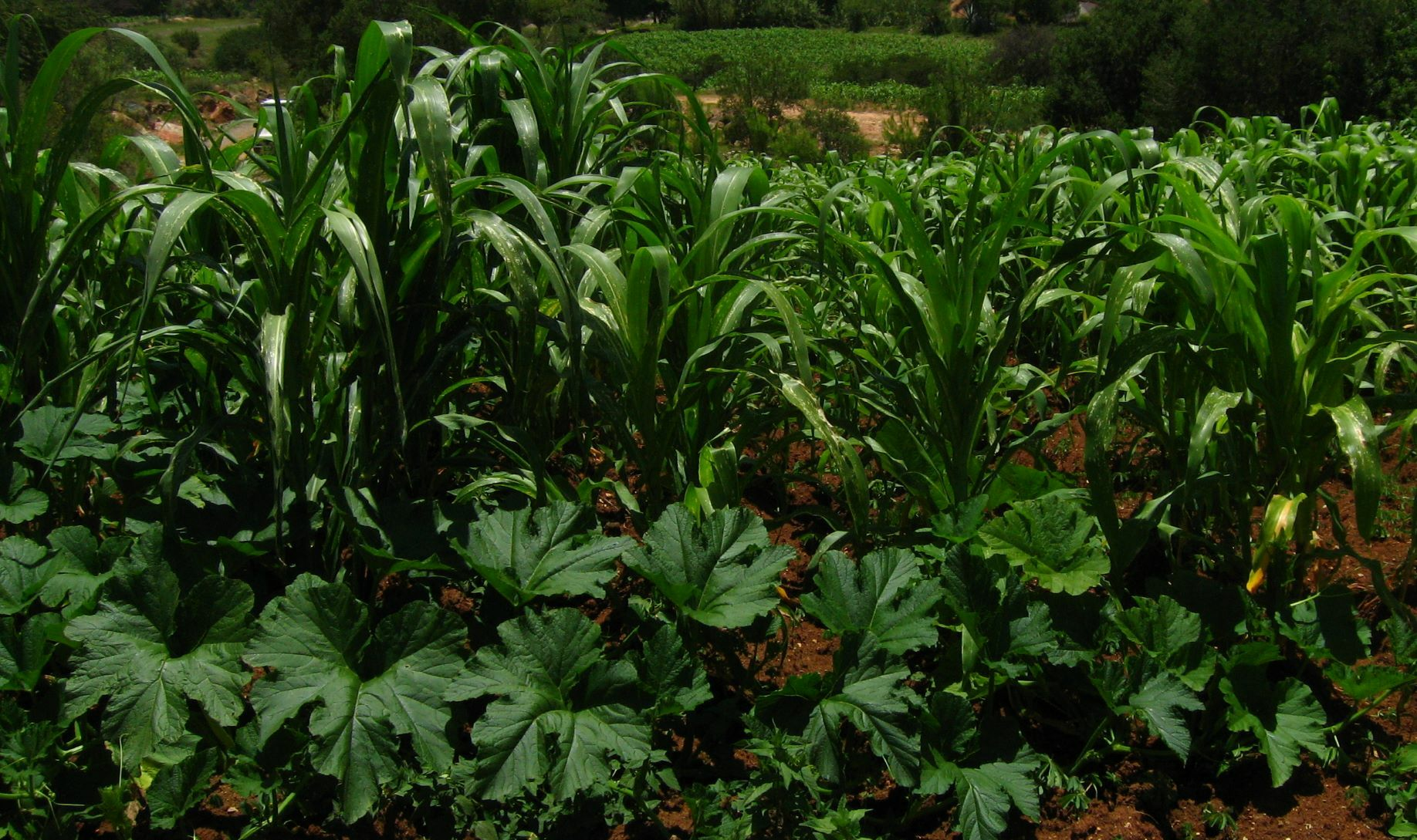
Create a Milpa: Planting the Three Sisters (+ Planting Plan)
In a milpa, also known as an aztec or indian bed, three crops are grown together in one field: Corn, beans and pumpkin. They are also known as the three sisters, as they harmonize very well with each other. They create a wonderful symbiosis that you can also plant in your garden and use for your own benefit. You can find instructions on how to create a milpa bed and tips on planting and care in this article.
This Article Contains:
Quick Overview
Creating a Milpa: How It Works
You need an area of at least 2 m2/2.2 yd2, seeds, compost or Terra Preta.
And this is how it works:
- Soil preparation: work in Terra Preta or compost
- Pre-cultivation of maize (Oxacan Green or Batam maize): from mid-March to early April, 3 cm/1.2 in deep
- Pre-cultivation of pumpkin (Hokkaido or Butternut) or zucchini: from the beginning/mid-April, 3 cm/1.2 in deep
- Plant out pumpkin and corn after the ice saints
- Direct sowing of beans (e.g. fire beans): from mid-May, 4 - 5 cm/1.6 - 2 in deep
Planting Milpa: The Three Sisters
- Traditionally, a milpa is planted with the three sisters: corn, beans and a pumpkin plant such as squash or zucchini.
- Alternatively, you can also plant nightshade or cucumber plants instead of pumpkins. Tomatoes, potatoes or cucumbers, for example, also fit in a milpa.
What Is a Milpa?
The milpa has a centuries-long history. It originated in South America and its knowledge was already used and valued by the Mayas and Aztecs. The milpa bed is planted in a mixed culture: the traditional plants are corn, pumpkin and beans. Each plant enriches the bed in its own way. You can find everything you need to know about Mixed Cultivation in the Vegetable Patch in our article on the subject.
Milpa is a term from the ancient Nahuatl language, translated it means "the near field". The name refers to the location of the bed, as it was usually placed close to the house or living environment. Ancient peoples used the milpa to secure their food supply. These three plants complement each other perfectly and form an optimal basic supply for humans.
Who Are the “Three Sisters”?
Corn, beans and a pumpkin plant are planted in a traditional milpa. However, there are also variants with nightshade plants. Here, tomatoes or potatoes are planted instead of pumpkins or zucchinis.
Corn
Corn was brought to Europe by the conquistadors of the Americas and provided food for large areas of Spain. Without its "sisters", however, important components for a balanced diet were missing. People showed symptoms of deficiency as a result of an unbalanced diet.
In the Indian bed, it serves as a strong climbing aid for the beans and as a source of carbohydrates for humans. As maize, unlike beans, is a shallow-rooted plant, it does not compete for space in the soil. For the microbes in the soil, the fast-growing maize provides a particularly large number of simple sugar forms via root excretions. These are produced during photosynthesis from atmospheric carbon dioxide.
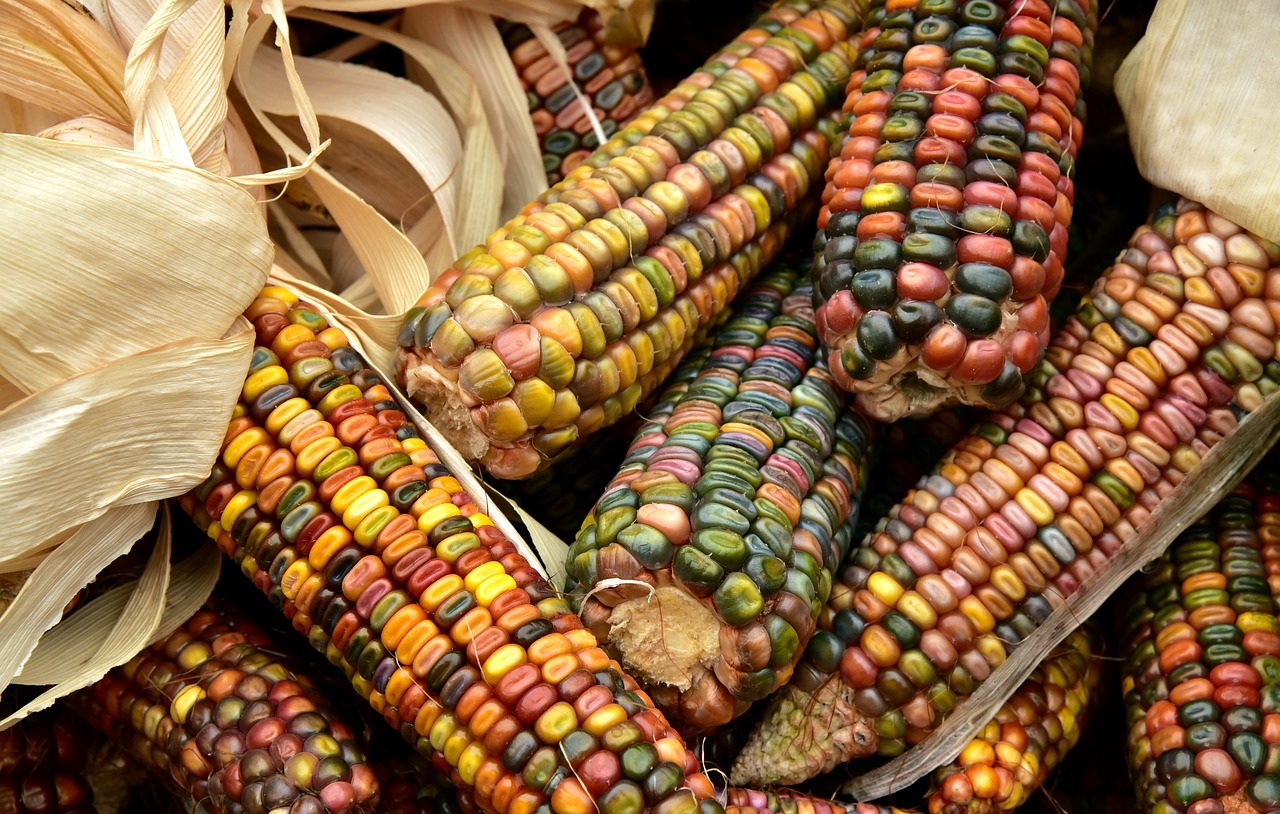
Beans
Beans belong to the legume family. Alternatively, you can also choose other legumes such as peas. They provide valuable proteins that are essential for a balanced diet. Legumes are also known to fix atmospheric nitrogen and make it available to plants. At the same time, they loosen the soil deeply with their long roots. In this way, they increase soil fertility and improve its structure. The combination of legumes and maize makes carbon and nitrogen freely available to the soil. In order for humus to develop, it always needs the right carbon-nitrogen ratio, which is favored by this mixed crop.
Pumpkin
A pumpkin needs a lot of energy and water to grow well. In this cultivation system, it benefits from its companions, which enrich the bed with valuable nutrients. Pumpkins are a real asset to the vegetable garden as they provide many micronutrients. As an alternative to pumpkins, you can choose other pumpkin plants such as zucchinis or melons. Potatoes are also suitable for growing together with beans and corn.
The large leaves of the pumpkin plant intercept a lot of sunlight and provide shade for the soil. This reduces water evaporation from the soil and keeps it moist for longer. In addition, unwanted weeds receive less light, preventing them from spreading as quickly. Pumpkins act like a layer of mulch and protect against soil erosion and silting. In addition, the leaves of the pumpkins capture the carbon dioxide that escapes from the soil during soil respiration and keep it close to the ground. Together with sunlight, this can then be used by the other plants in the bed to build up biomass.
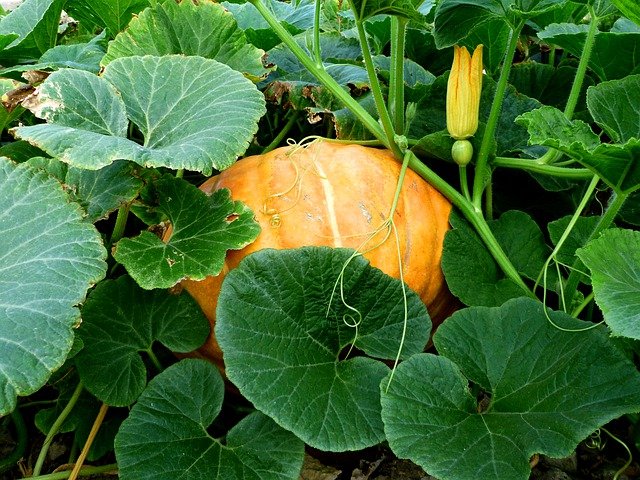
Instructions: Creating a Milpa
Originally, the field was obtained by slash-and-burn. The ash from the trees improved the fertility of the soil, which benefited the people for several years. The field was then cultivated in a kind of three-field system. The sequence of mixed cultivation, fallow (2-4 years) and slash-and-burn cultivation guaranteed fertile soil. After a few years, the area was then changed.
In a hobby garden, fallow land and, of course, slash-and-burn cultivation are not used, especially as this is illegal. To imitate ash, the garden soil can be supplied with mature compost or, ideally, Terra Preta . This alternative type of Aztec bed has proven to be just as effective as the South American model.
What You Need:
- An area that is at least 2 - 3 m2/2.4 - 3.6 yd2 size
- Organic or Demeter seeds of corn, beans and pumpkin or alternative plants
- Compost or Terra Preta for soil preparation
Location & Soil
Choose a sunny location for your milpa. Ideally, the soil should be humus-rich and well-drained with a good water retention capacity. For general soil preparation for the milpa, apply compost or Terra Preta to the soil. Terra Preta is the best option as it is extremely rich in nutrients and retains moisture well. This creates the best conditions for your milpa bed! You can find this soil in a garden center or you can make it yourself.
Planting Milpa: Step by Step
The three sisters come from a warm homeland and are used to high temperatures early in the year. Unfortunately, these conditions are not feasible in the Central European climate and this must be taken into account when planning. As the plants grow at different speeds, they are sown at different times.
In contrast to the fast-growing beans, maize and pumpkins need a little longer to develop. This is why these two crops need to be brought forward. In mid-May (after the Ice Saints), the young plants are then planted in the bed and the beans sown. Over the summer months, the small plants develop into a dense forest that requires very little care.

Discover Numerous Plants in Our Lexicon
In our lexicon you will find information on the individual varieties with cultivation periods, tips on planting and harvesting. You will also find good and bad companion plants to help you plan a mixed crop.
View Lexicon Now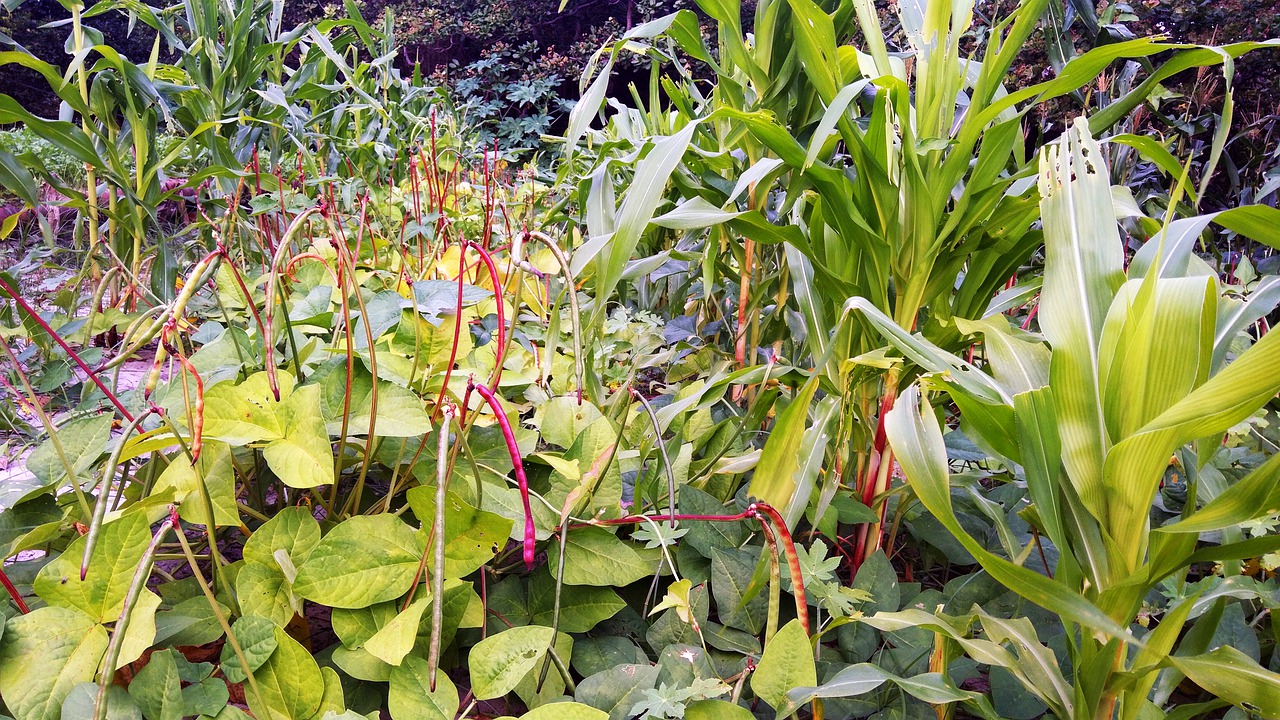
1) Preplant Maize (From Mid-March to Early April):
- Pre-soak seeds for 12 hours
- Sowing depth: 3 cm/1.2 in; sow each seed individually in seed trays, as the young plants form strong roots!
- Planting distance: 15 x 60 cm/5.9 x 23.6 in
- You can plant out the young plants after the Ice Saints
- Suitable varieties: Oxacan Green or Bantam maize
Our tip: Corn likes to grow next to other plants. As a cross-pollinator, it is fertilized by pollen that is carried to it by the wind. If several corn plants grow next to each other, your corn will thrive better and you will harvest more corn on the cob.
2) Preplant Pumpkin (From the Beginning/Mid-April)
- Sowing depth: 3 cm/1.2 in
- Planting distance: 1 x 2 m/1.1 x 2.2 yd; one pumpkin covers about 2 m2/2.4 yd2 of bed! Give your pumpkins enough space to thrive.
- After the last frosts, you can plant the young plants in the Indian bed
- Suitable varieties: Hokkaido, Butternut
- You can find more information and tips on Propagating Pumpkins in our article.
3) Sow Beans Directly (From Mid-May, After the Ice Saints)
- Sowing depth: 4 - 5 cm/1.6 - 1.9 in
- Planting distance: per corn plant, about three bean seeds are planted in the soil in a circle about 15 cm/5.9 in apart from each other
- Suitable varieties: tall varieties such as fire beans (beans with colorful pods are more suitable as they are easier to find in thickets); alternatively dry beans; bush beans are less suitable for a milpa
- You can find out more about Sowing Beans here.
Milpa Varieties: Other Plants for Mixed Cultivation
There are other ways to plant your milpa than the traditional milpa with corn, beans and pumpkin. In addition to classic pumpkins, you can also plant zucchinis. Zucchinis also belong to the pumpkin family. You can also choose nightshade plants such as eggplants or potatoes as an alternative for the heavy-feeding ground cover. The sweet potato - from the bindweed family - is also suitable as ground cover in a milpa. Instead of climbing runner beans, there are other legumes that you can plant instead. One of these is peanuts, which grow as ground cover rather than climbing. Instead of runner beans, you can add tall-growing tomatoes, peppers or chili peppers and cucumbers to such a milpa. Another variation of the milpa is a planting with sunflowers. Sunflowers can serve as a climbing aid instead of corn.
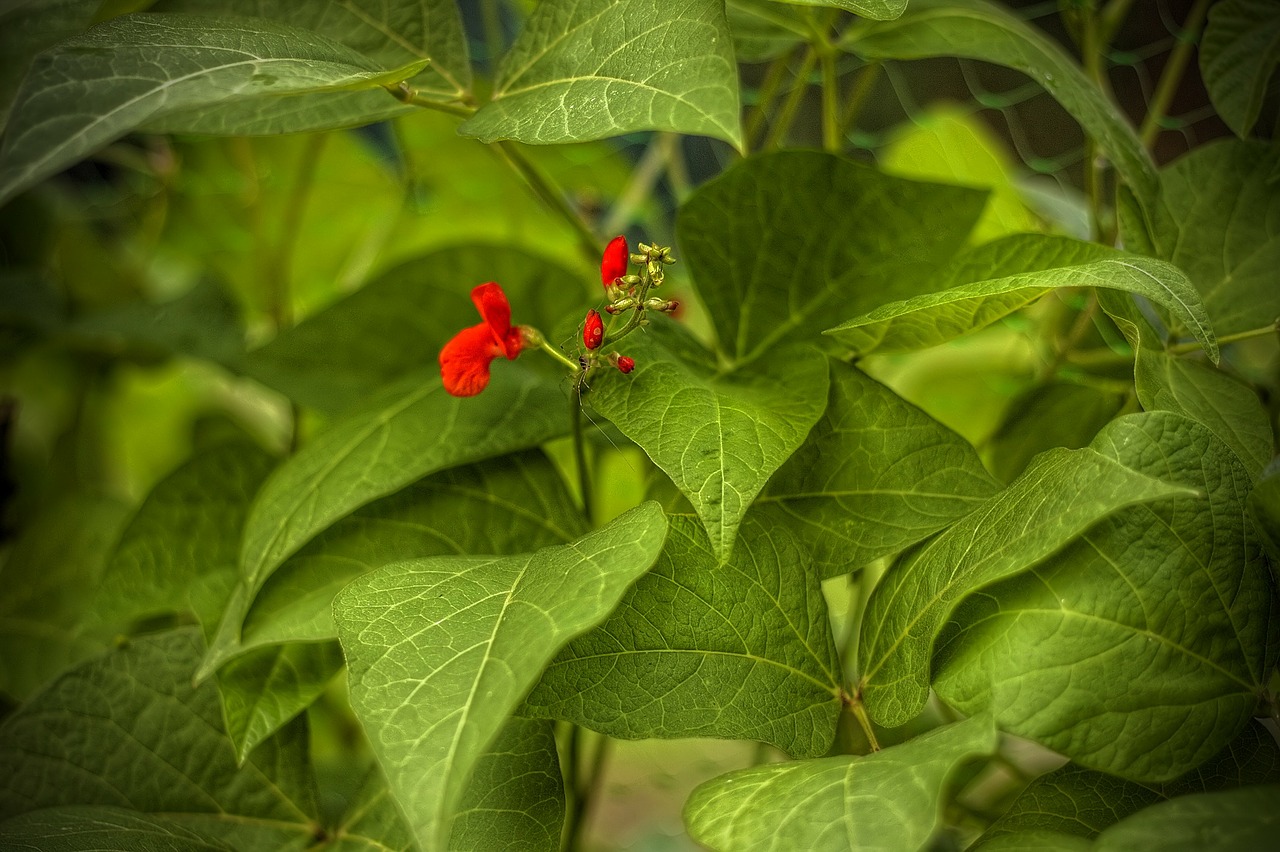
Planting Plans for Your Milpa: Examples and Ideas
To get you started right away, we have created digital bed plans for a milpa in various sizes.
How to Care for Your Milpa:
All in all, an Indian bed is very easy to care for. By combining the plants, you can enjoy the benefits of this perfect symbiosis. Nevertheless, there are a few things to bear in mind when caring for your milpa:
- After the beans have germinated, make sure that your corn is stable enough to support the beans. If not, you can also attach additional climbing supports at the beginning to relieve the corn.
- The young plants will be happy to have protection from voracious snails. Do not use poison or beer traps here under any circumstances. Simple means such as a slug fence, a slug collar, spreading coffee grounds or other barriers also help. Snails do not like to crawl over dry paths made of rough, coarse material. This way you can protect your plants without harming the snails.
- The bed should always be kept moist. However, moderate watering is sufficient, as the soil can store moisture well. Pay attention to the areas that are shaded by the pumpkin. Only water when the soil is dry there too.
- Fertilizing is not necessary after good soil preparation. Terra Preta provides sustainable fertilization. However, the soil must be properly prepared each season so that sufficient nutrients are available. Fertilization may be necessary after several years.
I hope I have aroused your curiosity and you would like to create your own milpa in your garden! Give it a try and if you have any questions, problems or comments, please write to us at magazin@fryd.app.
Want to get helpful gardening tips all year round and plan your own beds in the best possible way? Then register here or download the Fryd app for Android or iOS.
Fryd - Your digital bed planner
Cover image by Paul Rogé, CC BY 4.0 on Wikimedia Commons.
Marie
Current Topics in the Community

#red , #tuesday

Liked 1 times
#testpostcount

Dec 2025
Popular Articles

Companion Plants for Carrots: What (Not) to Plant With Carrots

Companion Plants for Celery : What (Not) to Plant With Celery?

Strawberry Types: List of Best Strawberry Varieties

Companion Planting With Strawberries: Companion Plants and Planting Plan

Basil Varieties & Types at a Glance

What to Plant With Cabbage: Good and Bad Companion Plants

Fertilizing Strawberries: Home Remedies & Natural Fertilizers at a Glance

Growing Sweet Potatoes: Tips on Cultivation & Companion Plants

Companion Plants for Kitchen Herbs: Chives, Parsley & Co

What Herbs Can Be Planted Together?
FAQ
What is a milpa and who are the three sisters?
A milpa is a mayan traditional mixed crop from South America that is planted with corn, beans and pumpkin. As these three plants grow in wonderful symbiosis, they are also known as "the three sisters".
How do you prepare a milpa and what do you need for it?
To prepare the milpa, you need a suitable area of about 3 square meters, seeds and compost or Terra Preta for the soil as a long-term fertilizer, which you apply to your bed in spring.
Do the beans need a climbing aid in the milpa?
No, because in the milpa the maize plants are the climbing aids for the bean plants. For this reason, the maize also needs a head start and must be grown in advance. This way, it is large enough to support the beans.
How do you maintain a milpa bed?
The bed requires little care. Water when dry and, if necessary, install additional climbing aids for the beans to relieve the corn. While the plants are still young, a protective net can help to protect the plants.